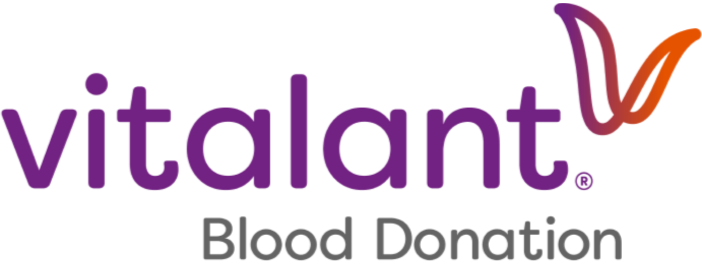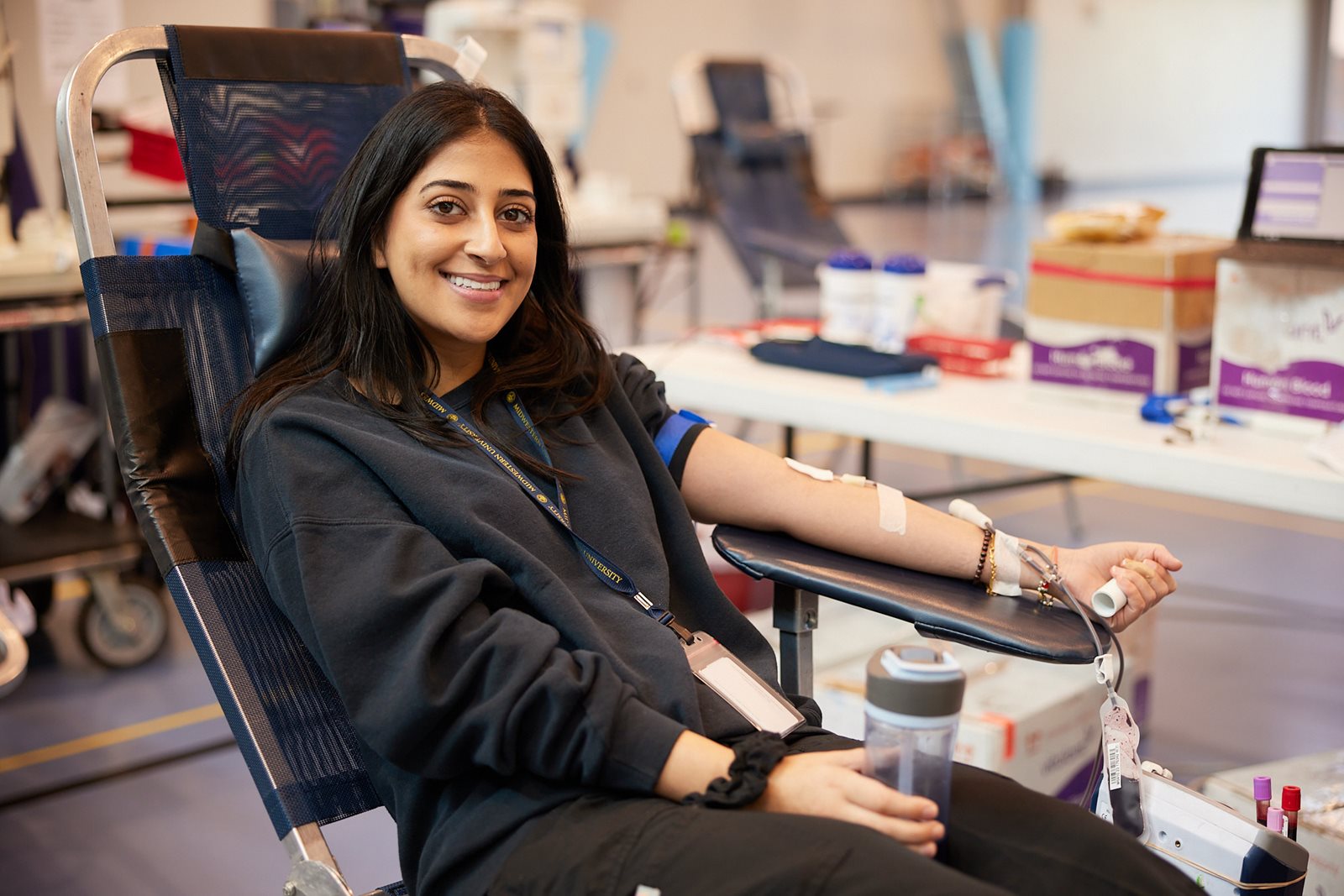Benjamin Franklin once said, “An ounce of prevention is worth a pound of cure.”
Granted, our (arguably) most famous Founding Father was referring specifically to fire prevention, but the wisdom applies to taking precautions in a broader sense.
Perhaps none more so than blood donation.
September is National Preparedness Month, dedicated to ensuring our communities are ready to face emergencies of all kinds. While we often focus on stocking supplies, creating emergency plans and staying informed, one critical aspect of preparedness is often overlooked: maintaining a healthy blood supply.
In the aftermath of traumatic incidents such as natural disasters, severe weather events, mass shootings, or other emergencies, it’s the blood already on the shelves that saves lives. Having a robust and readily available blood supply is essential for immediate response efforts, providing the necessary support for patients in critical condition.
Blood is a perishable resource with a limited shelf life, making regular donations crucial to maintaining an adequate supply. Red blood cells, for instance, have a shelf life of just 42 days, while platelets last only five days. This means that the need for blood donations is constant and ongoing.
Community preparedness is about more than just individual readiness; it’s about ensuring our collective resources are in place to respond effectively. Blood donation is a vital part of this equation. By regularly donating blood, individuals contribute to the resilience of their community, ensuring that hospitals and emergency responders have the supplies they need to save lives when disaster strikes.
Ensure a healthy blood supply for your community and beyond. Host your next blood drive and show your support for National Preparedness Month.

